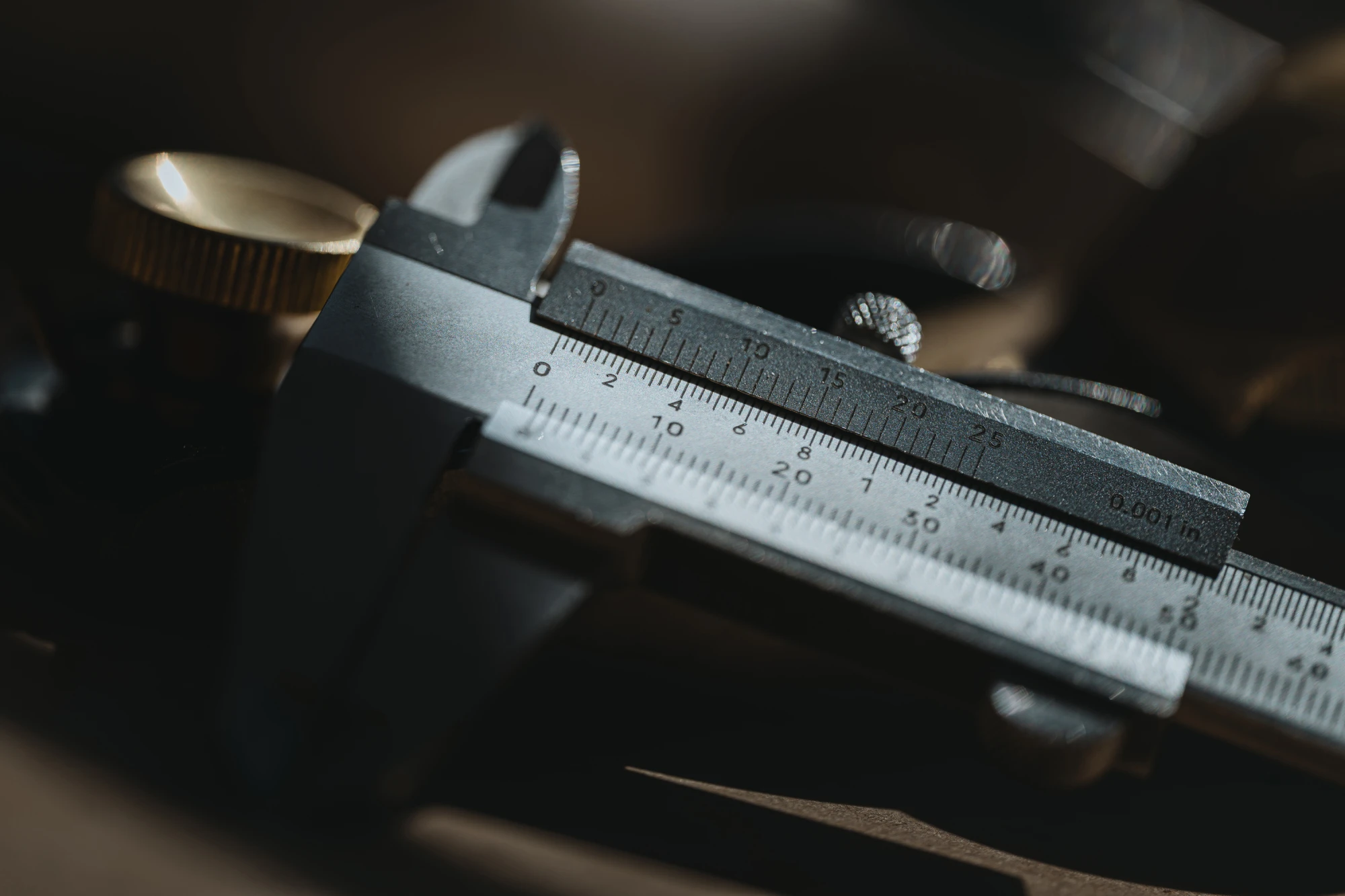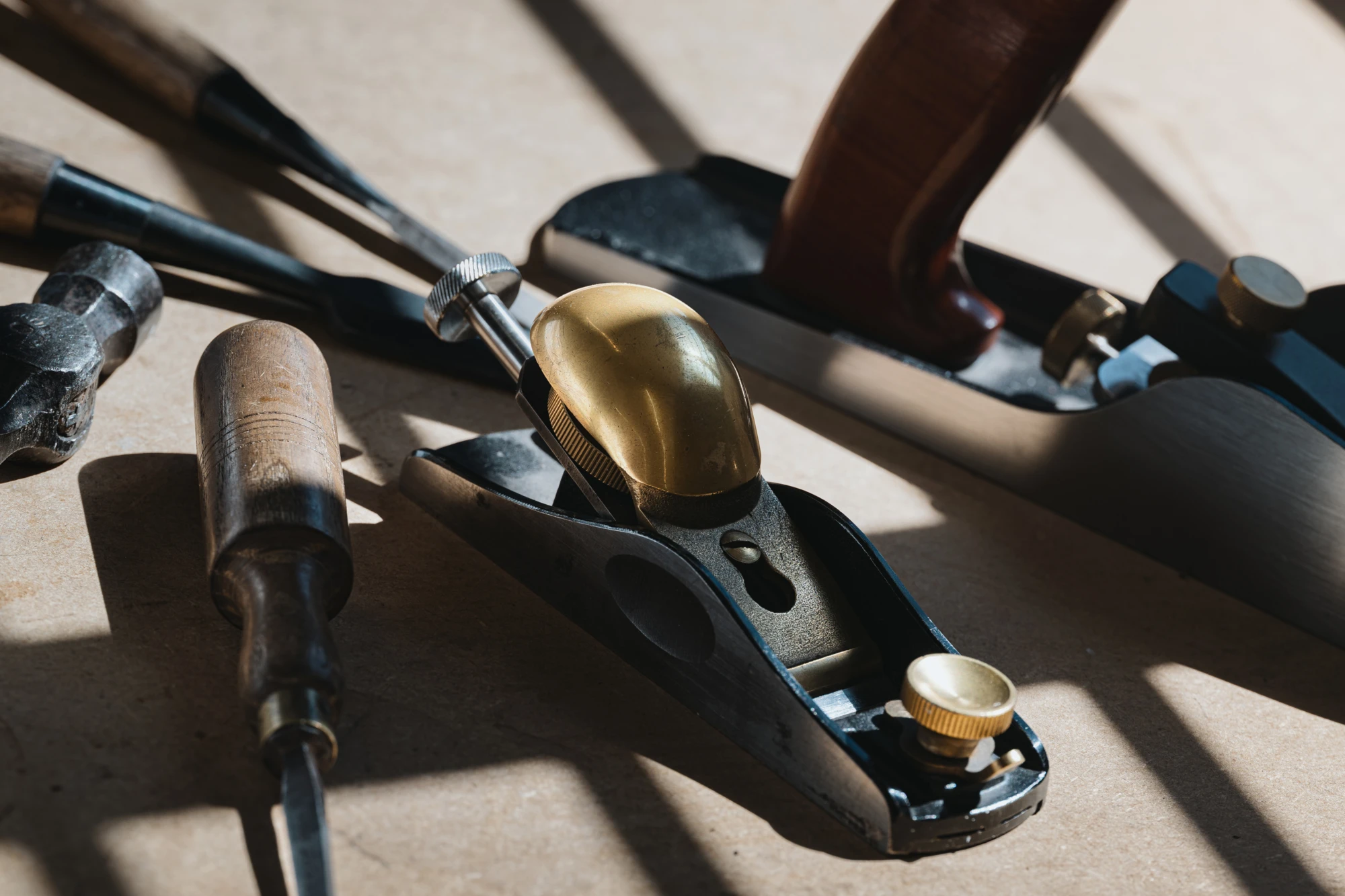Acoustic Guitar Humidity and Temperature Guidelines
When it comes to acoustic guitar care tips, managing humidity is paramount. Wood naturally expands and contracts as it absorbs and releases moisture from the atmosphere, and even minor fluctuations can significantly impact finely crafted instruments.
We strive to maintain a controlled environment of 45%–55% relative humidity at around 20°C in our workshop. These same conditions are recommended for caring for acoustic guitars at home. Prolonged exposure outside 45%–65% can result in:
- Wood or finish cracking
- Protruding fret ends or loose frets
- Bridge and bracing complications
- Unstable action and tuning
- Diminished tonal quality
Invest in a digital hygrometer (around £15) for accurate monitoring. Use humidification or dehumidification as needed, particularly during dry winters or humid summers. If conditions vary, keeping your guitar in its case helps minimise impact, especially when combined with a two-way humidification system like Boveda or D'Addario's Humidipak, which automatically maintains ideal moisture levels.

For proper acoustic guitar maintenance, avoid placing your instrument near heat sources like radiators, underfloor heating, or direct sunlight as these can rapidly dry the wood and cause lasting damage.
How to Clean and Maintain Your Acoustic Guitar
Regular cleaning is a crucial part of acoustic guitar care and maintenance to maintain optimal appearance, feel, and sound:
- Body: For proper acoustic guitar maintenance, gently wipe down the body with a slightly dampened microfibre cloth to remove fingerprints and dust accumulation, followed by a thorough dry with a clean, soft cloth. Avoid using commercial furniture polishes or silicone-based cleaning products as these can damage the finish and affect your acoustic guitar care routine.
- Fretboard: As part of regular acoustic guitar care and maintenance, apply a quality fretboard conditioner or lemon oil 2-3 times annually. This helps nourish the wood, prevent drying, and maintain the fretboard's smooth playability while preserving its aesthetic appeal.
- Metal components: When considering how to care for an acoustic guitar, remember to periodically clean the tuning machines and strap buttons with a dry cloth to prevent oxidation. Regular inspection of these hardware components for any looseness should be part of your acoustic guitar maintenance tips checklist.
For those who prefer not using a case, be cautious with guitar stands featuring foam padding, as certain finishes may react negatively with the materials. When in doubt, opt for premium stands specifically designed for high-end instruments or consult with your supplier regarding compatibility.
Pro tip: A crucial aspect of how to take care of acoustic guitar is avoiding long-term storage with an attached capo, as this can create unwanted pressure points and permanent indentations on your fretboard.
When to Replace Your Acoustic Guitar Strings
Proper acoustic guitar string maintenance can dramatically improve your playing experience. For regular players, consider changing strings every 2-8 weeks, or sooner if you notice:
- Diminished tonal clarity or dullness
- Visible corrosion or string fraying
- Poor tuning stability
- Rough or uneven texture under your fingers
As part of your acoustic guitar maintenance kit essentials, always keep spare sets of strings. Changing them before they break ensures consistent tone and reliable tuning stability.

Acoustic Guitar Setup: Why It Matters
A professional guitar setup is the best way to ensure your guitar feels and sounds right for your playing style. Over time, even a perfectly built acoustic guitar may need adjustment due to string tension, humidity shifts, or fret wear.
A comprehensive setup includes assessment and adjustment of:
- Neck relief (subtle bow required for optimal playability)
- String height adjustment (action height)
- Fret levelling and buzz elimination
- Precise intonation and tuning stability
Your playing style should influence setup specifications; fingerstyle players typically prefer lower action, while heavy strummers benefit from additional clearance. Most guitarists should consider a professional setup every 12 months-18 months, depending on usage patterns and environmental conditions.
Selecting the Right Strings for Your Acoustic Guitar
String selection significantly impacts tone, playability, and projection. Consider these options:
- Light gauge (e.g. .011–.052): Ideal for fingerpicking and smaller-bodied instruments
- Medium/heavy gauge (e.g. .012–.056+): Perfect for powerful strumming and larger guitars
Material options:
- Phosphor bronze: Well-balanced warmth with excellent longevity
- 80/20 bronze: Bright initial tone, though quicker to oxidise
- Brass: Distinctive bright, metallic character
- Coated strings: Extended lifespan with smoother feel and slightly muted tone
String choice remains personal, experiment to discover your ideal combination of tone, tension, and tactile response.
Important: Before switching to a heavier gauge than the strings your guitar came with, it's a good idea to consult your luthier or guitar manufacturer. Heavier strings increase tension on the neck and top, and not all guitars are designed to handle this.
Travelling with Your Guitar: What to Know Before You Go
When travelling by air or changing environments, sudden climate shifts can stress the wood. For air travel:
- Slightly detune strings to reduce tension during pressure changes.
- Use a hardshell case without exception.
- Allow gradual acclimatisation when moving between different climates.
- Whenever possible, keep your guitar as cabin luggage. Otherwise, request gate checking if possible.
- Use a protective case cover or padded flight bag to help protect your case from scratches.
- Consider detuning and adding soft protective materials (bubble wrap or foam) around the headstock and bridge inside the case.
- Attach contact information tags both inside and outside the case.
- Put an Apple AirTag in the storage compartment of your case so that you can track its location.
